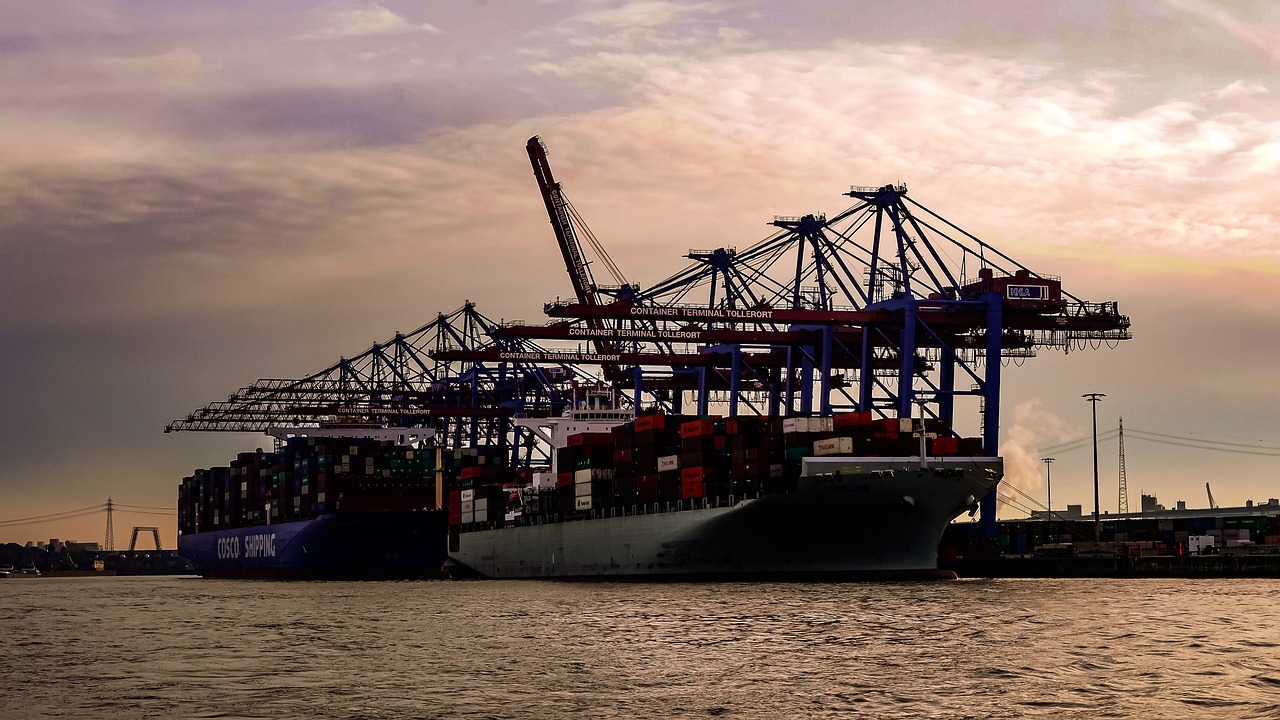The dry bulk market has fully recovered after a deficit-making 2020. In the first six months of the year, four leading dry bulk operators were able to post aggregate profits of USD 408 million. Analysts project that the strong market trends will continue all the way into 2024.
The cash flow has turned 180 degrees in the global dry bulk market, which is firing on all cylinders with strong demand and sky-high earnings, forming a contrast to last year’s substantial deficits.
This is evident from the half-year results published by four prominent dry bulk operators.
In the first half of the year, Pacific Basin, Genco Shipping, Eagle Bulk and Star Bulk have delivered aggregate adjusted net results of USD 408 million.
Revenue has exploded to USD 2.1 billion, which represents an increase of more than 60 percent.
This is a sharp contrast to the results from the first six months of 2020.
In the first half of 2020, the same four dry bulk operators booked aggregate net deficits slightly over USD 425 million as a result of the Covid-19 pandemic driving down demand and freight rates as well as the value of the carriers’ vessels.
Since October last year, the dry bulk market has been riding high with growing demand for dry bulk and commodities, strong freight rates increases and rising value of vessels and share prices.
This golden era is set to last for the rest of the year, at the very least. On this matter, the three analysts that WPO has spoken to are in agreement.

Kilde: Cleaves Securities
While Bimco and Arrow predict that the recovery on the dry bulk market wil last until the spring of 2021 and 2023, respectively, the Norwegian investment bank Cleaves Securities is far more bullish.
One of the best markets in peacetime
Cleaves Securites characterizes the current dry bulk market upturn and expansion as “one of the best in peacetime according to our records, which date back to 1741,” writes head of research Joakim Hannisdahl in an analysis titled Plenty of Dry Powder left.
His assessment is based on the supply side looking very tight with the lowest orderbook, relative to the existing fleet of dry bulk vessels, since 1996.
And while smaller vessel segments such as Panamax, Supramax and Handysize have done relatively well in the past year, he predicts that Capesize could see more tailwind.
The orderbook is currently at 5.6 percent relative to the fleet, so prospects are looking very bright until at least 2024.
Joakim Hannisdhal, Head of Research at Cleaves Securities
“We believe that the dry bulk market will continue to be strong and expect that the Capesize segment will return its historic premium earnings compared to smaller segments. The orderbook is currently at 5.6 percent relative to the fleet, so prospects are looking very bright until at least 2024,” writes Hannisdahl to WPO.
The upturn on the dry bulk market, which has underway for almost a year, is due to a mix of different factors, according to shipbroker and analyst firm Arrow.
Trailing the Covid-19 pandemic, demand for commodities and dry bulk in all segments has gone through the roof.
Among other things, demand is spurred by an enormous economic stimulus package in China. Aside from China, however, the rest of the world has also demanded processed industrial goods, further firing up the dry bulk market.
Bottlenecks and tonnage under pressure
Of equal importance is the fact that the supply of dry bulk vessels and available tonnage is under pressure, partly due to low fleet growth and partly due to bottlenecks in ports and supply chains, all of which has driven up the freight rates.
Will the upturn continue and if so for how long?
“We are rather bullish for the dry bulk sector and think the strong market will continue for a while. We think the current high rates will be sustained in the near term and could even move higher,” says Head of Research at Arrowship Cetinok citing the current bottlenecks and vessels queuing off the ports in China.
We still expect rates to be well above the long term average in the next 18-24 months or so.
Burak Cetinok, Head of Research at Arrow
“In the long term, there are signs that the demand boom is peaking and that the rapid growth is somewhat cooling. But it is cooling from an exceptionally strong base, so the demand is still expected to remain quite healthy and we still expect rates to be well above the long term average in the next 18-24 months or so,” adds Cetinok.
Balance has not improved
At shipping organization Bimco, chief analyst Peter Sand points out that the balance on the dry bulk market basically hasn’t improved.
“But what of it when quantities of temporary support points are large and don’t look as if they will disappear all of a sudden. We expect that the market will reverse again at some point – not dramatically and not until the spring. This will happen gradually, as the bottlenecks disappear again and newly established trade patterns become business as usual, while the Chinese stimuli wear off,” says Sand.
Another indication as to how the dry bulk market has performed in the first six months of the year will probably emerge when Golden Ocean presents its quarterly report on Thursday.




